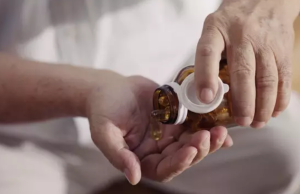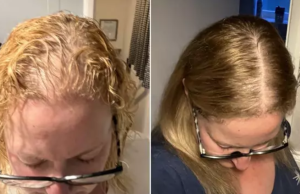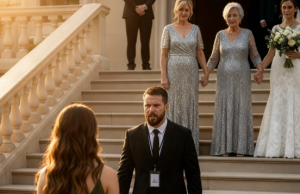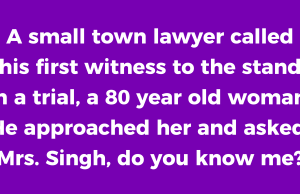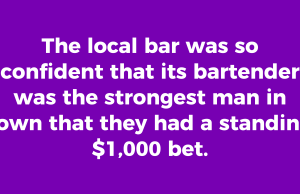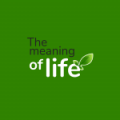
As we age, our bodies go through countless changes—some expected, others more surprising. One noticeable yet often overlooked change is the increasing visibility of veins, particularly on the hands, arms, legs, and even the chest. While prominent veins can appear alarming to some, this phenomenon is typically a natural part of the aging process.
Thinner Skin and Loss of Collagen
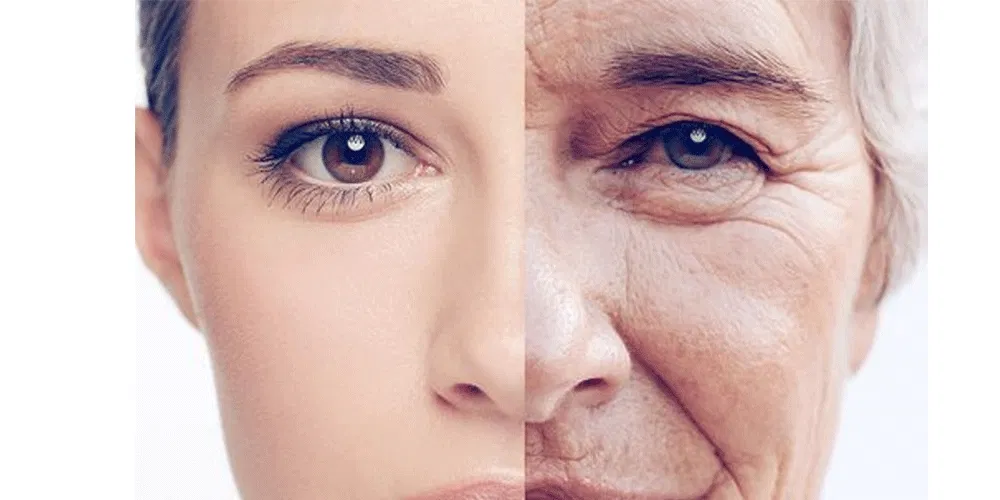
One of the main reasons veins become more visible with age is due to changes in the skin. As we grow older, the production of collagen and elastin—proteins that keep the skin firm and elastic—begins to decline. The skin becomes thinner, less supple, and more transparent. With this reduction in thickness, the veins underneath the skin are no longer as concealed and appear more prominent.
Additionally, fat under the skin diminishes over time. This subcutaneous fat once acted as a cushion that masked blood vessels. With less of it, veins are more likely to show through the skin’s surface.
Decreased Elasticity of Vein Walls
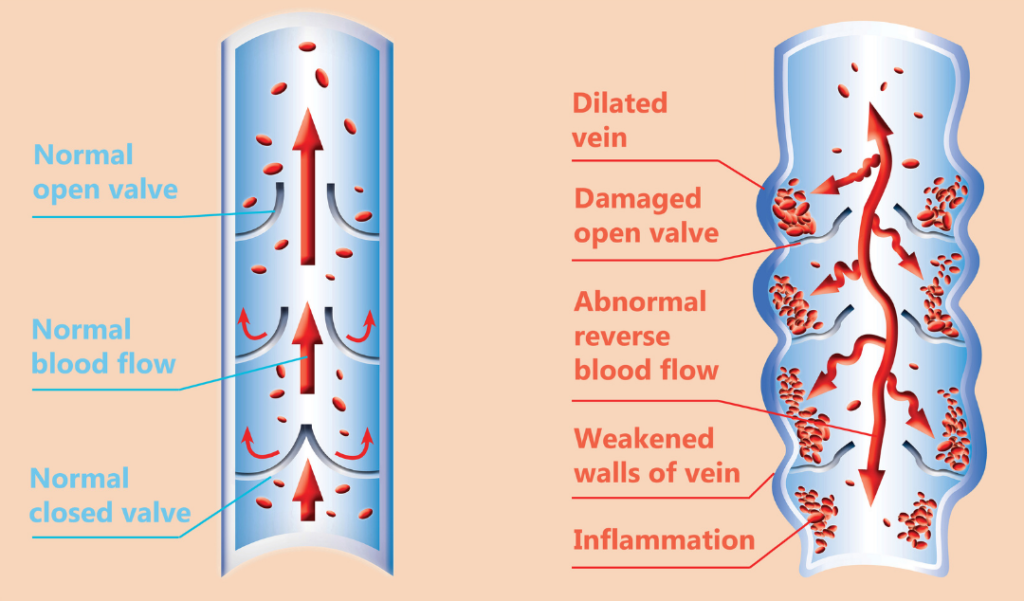
Another factor is the gradual weakening of the veins themselves. Vein walls and valves lose strength and elasticity with age, making it harder for blood to flow efficiently back to the heart—especially from the lower body. This can lead to blood pooling in the veins, causing them to swell and become more visible.
In some cases, this may lead to varicose veins—enlarged, twisted veins that appear under the surface of the skin. These are particularly common in older adults, especially those who spend long periods standing or sitting.
Slower Circulation

Blood circulation also tends to slow down with age, which can contribute to changes in vein appearance. Reduced physical activity, changes in blood pressure, and even hormonal shifts can all play a role in how efficiently blood moves through the veins. When circulation is sluggish, veins can dilate or become more engorged, making them appear darker and more noticeable.
Genetic and Lifestyle Factors
While aging is a universal process, not everyone experiences visible veins in the same way. Genetics play a major role. If your parents had prominent veins as they aged, chances are you might too. Additionally, certain lifestyle factors—such as smoking, sun exposure, lack of hydration, or not using sunscreen—can accelerate skin thinning and vein visibility.
Exercise also plays a role. Active individuals, especially those with low body fat or who engage in weight training, often have more prominent veins, regardless of age. As muscle mass increases and fat decreases, veins are naturally pushed closer to the skin’s surface.
When to Be Concerned

In most cases, visible veins are harmless and merely cosmetic. However, there are times when they may indicate an underlying issue. If your veins are suddenly bulging, painful, warm to the touch, or accompanied by skin changes or leg swelling, it’s wise to consult a healthcare professional. These could be signs of venous insufficiency or a blood clot.
Embracing the Change
Visible veins are not necessarily something to fear or hide. They tell a story of life, experience, and strength. However, if their appearance bothers you, there are cosmetic treatments available—from sclerotherapy to laser therapy—that can help reduce or eliminate them.
Conclusion
Visible veins are a natural part of aging, caused by thinning skin, reduced fat, slower circulation, and weaker vein walls. While they may be more noticeable, they are usually harmless and a reflection of the body’s natural changes over time. Understanding why they appear can help you embrace them—or seek options if you choose to change their appearance.




